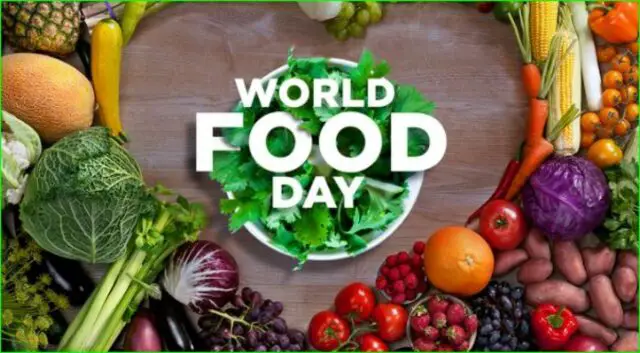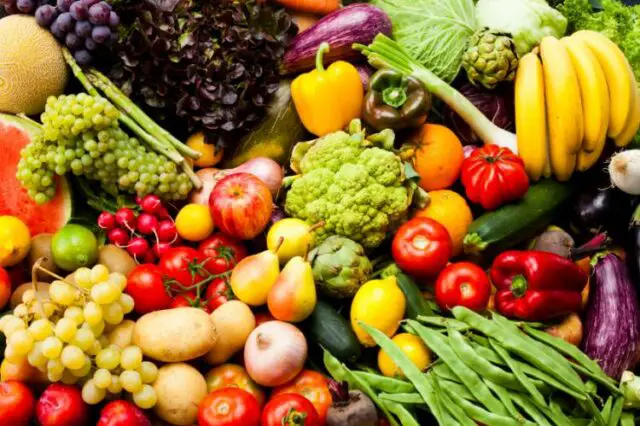
Our health or lack of it is due to what we eat daily. Our country and the rest of the world is rich in the consumption of fruits, fruit juices, and milk, but it remains due in other areas due to the high intake of fats, sugary drinks, and lack of vegetables, fish, and whole grains.
Costa Rica is one of the countries with the healthiest foods. Much more healthy foods are consumed today than in 1990. However, there is also a slight increase in the intake of unhealthy foods.
Our country facing the day of food.
On October 16 we celebrate World Food Day. Its purpose is to raise awareness among the peoples of the world about the global food problem and strengthen solidarity in the fight against hunger, malnutrition and poverty.
World Food Day is celebrated in many countries around the world and focuses on seven different thematic areas depending on each year, forests, agriculture, livestock, food loss and waste, natural resources, fisheries, and food systems.
Each area is related to food and agriculture, where it is necessary to make changes to face climate change and reach the goal of zero hunger.
One of the biggest challenges related to climate change is food security.
The world’s poorest people, many of whom are farmers, fishermen, and herders, are being hit the hardest by high temperatures and the increased frequency of weather-related disasters.
Therefore, to meet such a large demand, agricultural and food systems will have to adapt to the adverse effects of climate change and become more resilient, productive, and sustainable. Sustainably producing food means adopting practices that produce more with less on the same surface of the earth and using natural resources responsibly.
Historical data

It was established by member countries of FAO at the General Meeting of the Organization Number 20, in November 1979. The Hungarian delegation, headed by the Minister of Agriculture and Food, Paul Romany, played an active role in Session Number 20 of the FAO Conference, suggesting the idea of celebrating the WFD worldwide.
Since then it has been convened each year in more than 150 countries, raising awareness of the problems behind poverty and hunger.
On December 5, 1990, the United Nations General Assembly in Resolution 35/704 welcomed the observance of World Food Day.
World Food Day seeks to change the future of migration. Invest in food security and rural development.
The world is in constant motion. Today, and due to increased conflict and political instability, more people have been forced to flee their homes than at any time since World War II.
However, hunger, poverty, and an increase in extreme weather events related to climate change are other important factors contributing to the migration challenge.
Large population displacements today present complex challenges that require action on a global scale.
Many migrants arrive in developing countries, creating tensions where resources are already scarce, but the majority, some 763 million, moves within their own countries rather than abroad.
Three-quarters of people in extreme poverty base their livelihoods on agriculture or other rural activities.
Creating conditions that allow rural populations, especially young people, to remain in their homes when they feel it is safe to do so and to have more resilient livelihoods is a crucial component of any plan to tackle the migration challenge.
In this way, the day of food emerged to coincide with us and how we take care of our only true home, that is, our body through what we consume daily.

